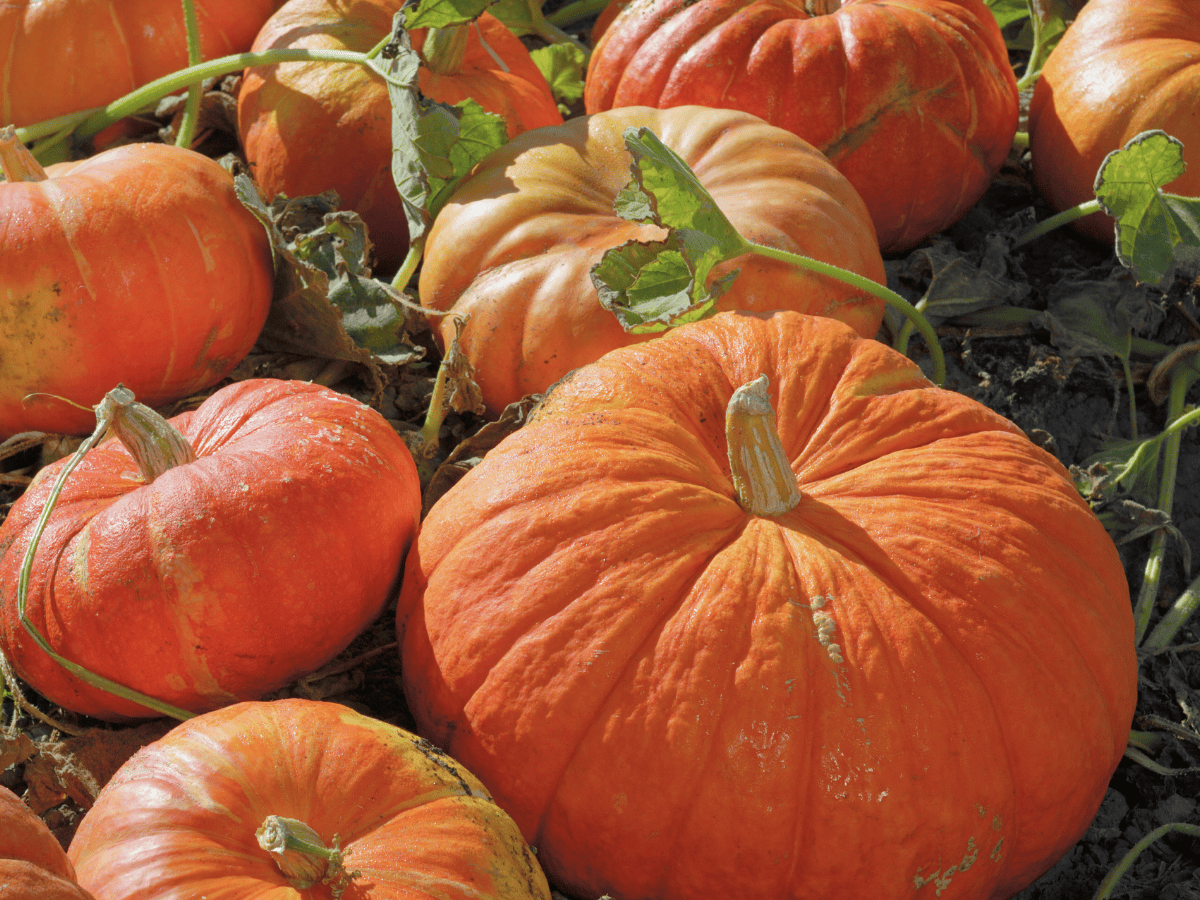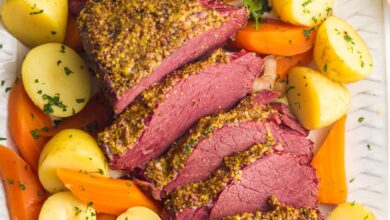
Cinderella Pumpkins: A Regal Harvest of Culinary Excellence and Enchanting Decor
In the magical world of pumpkins, where whimsy meets culinary excellence, the Cinderella pumpkin reigns as a queen among its orange-hued kin. Also known as Rouge vif d’Étampes, this French heirloom variety has captivated both gardeners and chefs with its enchanting appearance and versatile applications. In this exploration, we’ll unveil the story behind Cinderella pumpkins, diving into their origins, distinctive characteristics, nutritional benefits, and the myriad ways in which these regal gourds grace both the kitchen and decorative realms.
Origins and Botanical Background:
The Cinderella pumpkin, scientifically classified as Cucurbita maxima, traces its roots to France, where it earned the name “Rouge vif d’Étampes.” The French translation, quite literally, means “Vivid Red of Étampes,” referencing the vibrant and striking color of the pumpkin. The origin of the name “Cinderella pumpkin” is attributed to the pumpkin’s appearance, reminiscent of the fairy-tale carriage that whisked Cinderella to the ball.
Characteristics of Cinderella Pumpkins:
Cinderella pumpkins are distinguished by their flattened, deeply ribbed shape and vibrant reddish-orange hue. Resembling the iconic pumpkin carriage from the Cinderella story, these pumpkins often weigh between 10 and 20 pounds, making them both visually stunning and substantial. The deeply ridged exterior adds an element of texture, enhancing their decorative appeal.
The flesh of Cinderella pumpkins is smooth, dense, and vibrant orange, with a sweet and mild flavor. Unlike some pumpkins primarily used for carving, Cinderella pumpkins are prized for their culinary qualities, making them a favorite among chefs and home cooks alike.
Nutritional Benefits:
In addition to their captivating appearance and culinary appeal, Cinderella pumpkins offer a range of nutritional benefits. Here are some key nutrients found in these regal gourds:
- Vitamins:
- Cinderella pumpkins are rich in vitamins A and C. Vitamin A is essential for maintaining healthy skin, vision, and immune function, while vitamin C is known for its antioxidant properties and role in collagen formation.
- Dietary Fiber:
- The pumpkin’s dense flesh contains dietary fiber, contributing to digestive health and providing a sense of satiety.
- Minerals:
- Cinderella pumpkins provide essential minerals such as potassium and manganese, supporting various bodily functions, including electrolyte balance and bone health.
- Antioxidants:
- The vibrant color of Cinderella pumpkins is indicative of their antioxidant content, which helps combat oxidative stress in the body.
These nutritional attributes add to the appeal of Cinderella pumpkins, positioning them not only as a visual delight but also as a wholesome ingredient in a variety of culinary creations.
Culinary Uses of Cinderella Pumpkins:
- Roasting and Pureeing:
- Roasting Cinderella pumpkins brings out their natural sweetness and intensifies their flavor. Once roasted, the flesh can be pureed and used in soups, sauces, or baked goods like pies and muffins.
- Savory Dishes:
- Incorporate Cinderella pumpkin cubes into savory dishes such as stews, curries, and risottos. The pumpkin’s mild and sweet flavor complements a variety of herbs and spices, enhancing the overall dish.
- Casserole and Gratin:
- Create hearty casseroles or gratins by layering sliced Cinderella pumpkin with other vegetables, cheese, and herbs. The pumpkin’s texture holds up well in baked dishes, providing a satisfying bite.
- Pumpkin Soufflé:
- Elevate your culinary repertoire with a delightful pumpkin soufflé. The smooth and dense texture of Cinderella pumpkin puree lends itself well to creating a light and airy soufflé.
- Pumpkin Gnocchi:
- Craft homemade pumpkin gnocchi by incorporating Cinderella pumpkin puree into the dough. Serve with your favorite sauce for a comforting and flavorful pasta dish.
- Pumpkin Desserts:
- Embrace the pumpkin’s natural sweetness in desserts like puddings, custards, or ice creams. Cinderella pumpkins bring a unique and velvety quality to sweet treats.
Decorative Uses:
Beyond their culinary prowess, Cinderella pumpkins serve as enchanting decorative elements. Their distinct appearance adds a touch of elegance to fall displays, weddings, and festive gatherings. Here are some decorative uses for Cinderella pumpkins:
- Centerpieces:
- Arrange Cinderella pumpkins of varying sizes as stunning centerpieces for tables and mantels. Their vibrant color and unique shape instantly evoke the spirit of autumn.
- Wedding Decor:
- Incorporate Cinderella pumpkins into wedding décor for a fairytale-inspired ambiance. They can be used as aisle markers, table centerpieces, or even as part of the bride’s bouquet.
- Front Porch Displays:
- Create welcoming front porch displays by arranging Cinderella pumpkins alongside other fall elements such as mums, hay bales, and cornstalks. Their regal appearance adds a touch of sophistication to outdoor décor.
- Harvest Festivals:
- Cinderella pumpkins are a favorite at harvest festivals and farmers’ markets. Their visual appeal attracts visitors, making them a popular choice for showcasing the bounty of the season.
- Cinderella-Themed Events:
- Host Cinderella-themed events or parties, where these pumpkins can serve as iconic symbols, tying into the enchanting world of fairy tales.
Cultivation Tips:
For those interested in cultivating Cinderella pumpkins, here are some tips for a successful harvest:
- Planting Time:
- Plant Cinderella pumpkin seeds in late spring or early summer, once the threat of frost has passed.
- Sunlight and Soil:
- Ensure that the plants receive ample sunlight, ideally 6-8 hours per day. Plant in well-draining soil enriched with compost for optimal growth.
- Watering:
- Keep the soil consistently moist, especially during the growing season. However, avoid overwatering, as pumpkins are susceptible to fungal issues in waterlogged soil.
- Support and Space:
- Provide support for the sprawling vines by using trellises or allowing them to spread in a spacious garden bed. Cinderella pumpkins need ample space to thrive.
- Harvesting:
- Harvest Cinderella pumpkins when the skin has turned a deep orange-red and the stem has dried. Cut the pumpkins from the vine, leaving a few inches of stem attached.
Conclusion:
Cinderella pumpkins, with their vibrant color, unique shape, and versatile applications, invite us into a world of enchantment both in the kitchen and as decorative elements. Whether adorning tables with their regal presence or gracing our plates.



